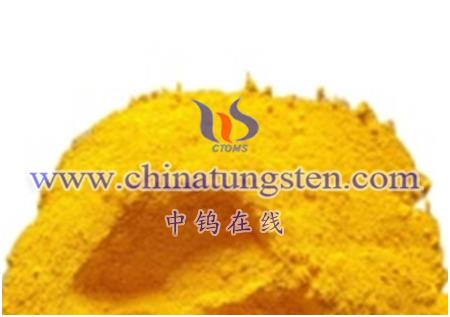On the surface of tungsten oxide (WO3), oxygen vacancies and hydroxyl groups are two common surface functional groups.
Oxygen vacancies on the surface of tungsten oxide (O vacancy)
Oxygen vacancies refer to the missing oxygen atom positions in the tungsten oxide lattice. When oxygen atoms leave the crystal lattice, forming oxygen vacancies, the surrounding tungsten and oxygen atoms rearrange to maintain the stability of the lattice. The formation of oxygen vacancies makes the tungsten oxide surface have certain defect properties and can lead to enhanced surface activity. Oxygen vacancies can adsorb gas molecules, cations, etc., and participate in adsorption and surface reaction processes.
Hydroxyl group on the surface of tungsten oxide
Hydroxyl refers to the hydroxide group (OH-) attached to the tungsten atom on the surface of tungsten oxide. Hydroxyl is a negatively charged functional group that often appears near oxygen vacancies on the surface of tungsten oxide. Hydroxyl groups can be formed by water molecules adsorbing on the surface of tungsten oxide and reacting with oxygen vacancies. The hydroxyl group plays an important role in the catalysis and adsorption process of tungsten oxide, which can provide active sites and improve surface reactivity.
Oxygen vacancies and hydroxyl groups on the surface of tungsten oxide have an important impact on the catalytic activity, adsorption performance and interaction with other substances of tungsten oxide materials. By controlling the content and distribution of oxygen vacancies and hydroxyl groups on the surface of tungsten oxide, its surface properties can be adjusted, thereby realizing the regulation of its catalysis, adsorption and other surface reactions.

More details of tungsten oxide product, please visit website: tungsten-oxide.com
Please contact CHINATUNGSTEN for inquiry and order of tungsten oxide:
Email: sales@chinatungsten.com
Tel.: 86 592 5129595






